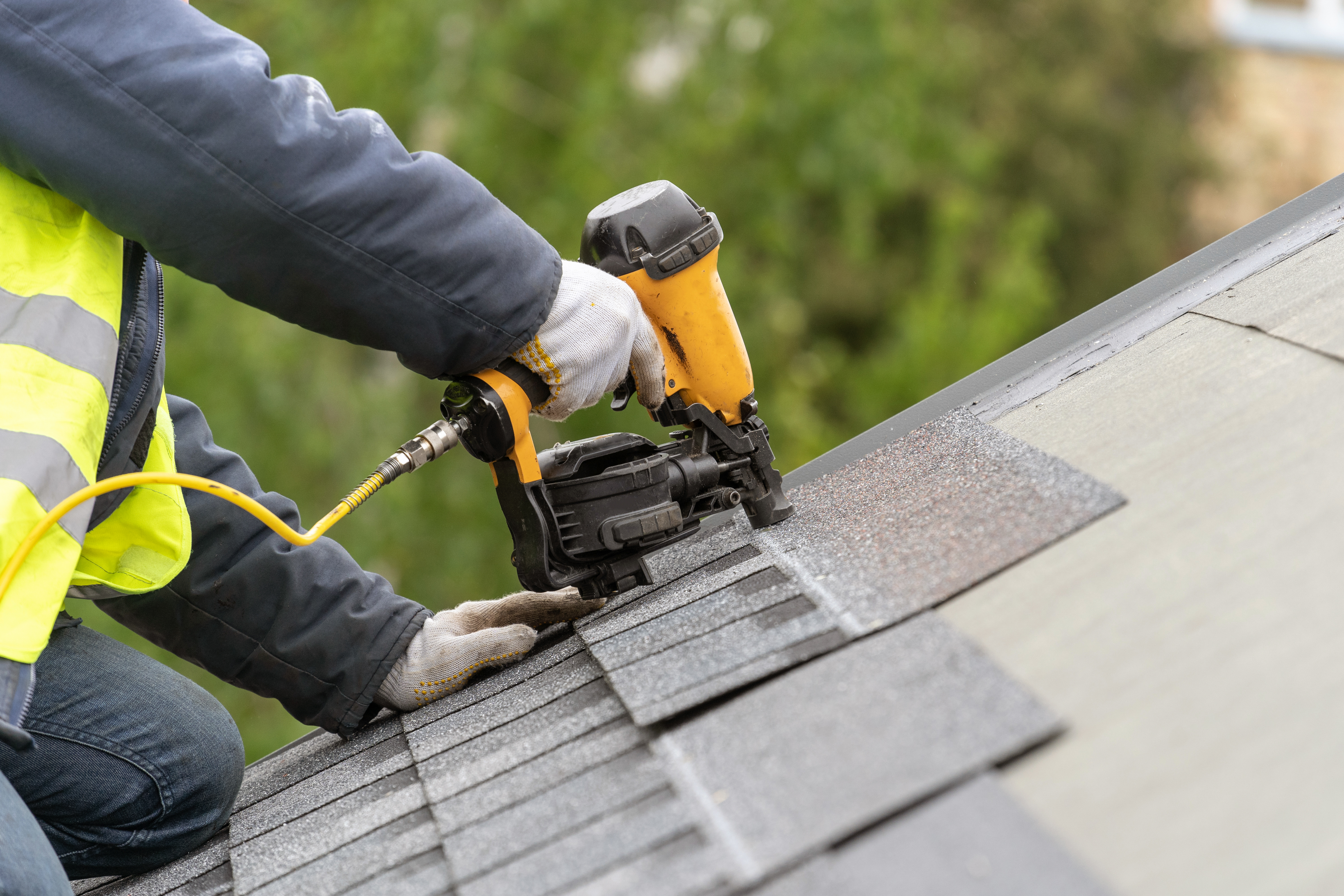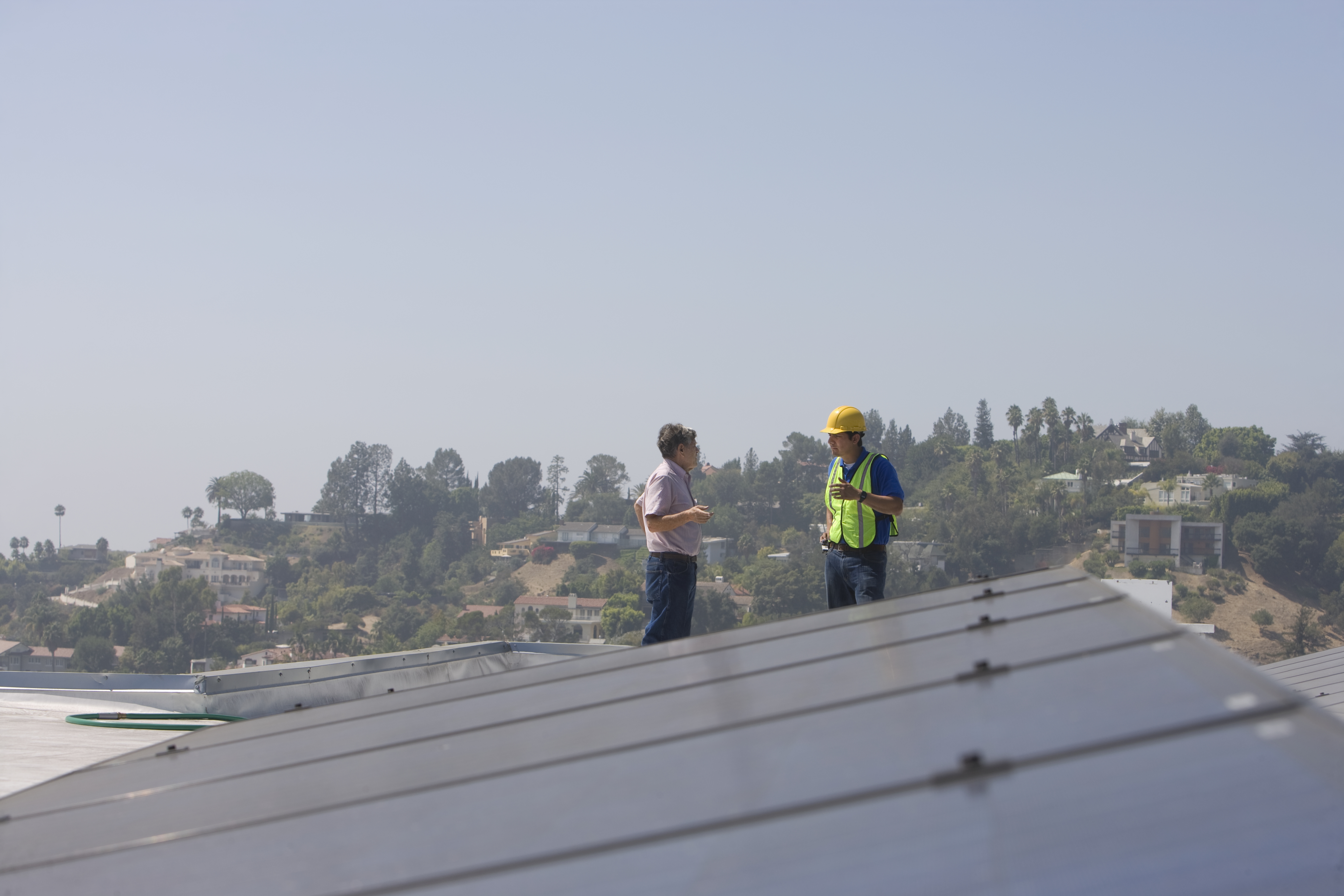As volatile and rising energy prices put pressure on electric bills, more and more homeowners are turning to solar as a solution. Solar can lower your energy bills, shield you from utility price hikes, and provide a clean source of power for many years to come. In fact, a home solar energy system can save you between $25,500 and $33,000 over its lifetime.
There are a lot of factors that determine how much solar can help you. We’ve rounded up a list of questions that can help you determine whether or not solar is right for you.
#1. Do you own your home?
If you do, great! If you rent, it’s a little more complicated to install solar panels on a property you don't own or in a building you share with other families. You can always talk to your landlord about installing solar (although you might not receive the financial benefits in that case), or you can subscribe to a share in a community solar farm. With community solar, you’ll enjoy many benefits of solar without installing your own panels.
If you live in a community regulated by a homeowners’ association (HOA), you will likely have to get the HOA’s permission to install solar. HOAs exist to safeguard the property values within their community, so they may have rules about renovations and alterations, including solar installations.
#2. How long do you plan on living in your home?
Solar panels pay for themselves in about nine years. If you plan to stay in your current home for a decade or more, you’ll be in a good position to enjoy the full financial benefits of your solar panels. Planning to move in a few years? Solar panels may not be the best investment.
#3. What is the size and orientation of your roof?
The typical home needs 20 to 24 solar panels to meet its energy requirements, which requires between 480 and 580 square feet of roof space. The average U.S. home can support as many as 97 panels, so most homes have more than enough space for solar.
Size isn’t the only factor in determining whether your roof is solar-ready, though. The direction your roof faces also makes a difference. South-facing roofs are ideal for solar because they capture sunlight at its strongest and for the longest time each day. East- and west-facing roofs are also suitable because they soak up the morning and evening sun. You may just need a few extra panels to account for the slight decrease in efficiency.
Installing solar on north-facing roofs can be challenging and expensive because you’ll need special equipment to position the panels so that they absorb as much sunlight as possible. If your roof faces north, it may be better to consider other places for your solar panels. More on that later.
#4. What material is your roof?
Asphalt shingle is the most common roofing material in the U.S. It’s also one of the best for solar. Spanish tiles, clay tiles, and standing seam metal roofs are also suitable. Slate, wood, and terracotta tiles are more challenging because they can break under the weight of solar panels. If your roof is made from one of these materials, consider whether there are other locations on your property that are suitable.
#5. How much sun does your roof get?
It might seem obvious, but solar panels need sun! While they will generate electricity in the shade, they’ll produce less power than they would in full sun. Some shading is easy to fix. For instance, you can trim back overhanging trees on your property. Shading from neighboring properties can be harder to resolve.
If your neighbor's trees are shading your panels, you can talk to your neighbor to see if they’re willing to trim their trees back. You can also consider a solar easement, which protects your access to sunlight. The easement might stipulate that your neighbor's trees can only grow to a certain height before your neighbor has to trim them, for instance. A solar easement is voluntary, which means your neighbor will need to agree to it.
#6. How old is your roof?
Solar panels can last for 25 years or more, so your roof needs to be in good condition before you go ahead with a solar installation. If all or part of your roof will likely need replacing in five or 10 years, you may want to consider doing this before installing panels.
#7. How much electricity do you use?
The more electricity you use — and the higher your electric bills — the more you can save by going solar. Where you live, the size of your home, and your home’s energy efficiency all contribute to how much you pay as well. California and Hawaii, for example, have particularly high electricity rates.
You should also consider your utility rate structure. Usually, utilities charge a flat rate for each kilowatt-hour (kWh) of electricity consumed. However, many utilities are starting to introduce new rates that incentivize customers to shift their energy use to times of lower electricity demand. These are called time-of-use (TOU) rates, and the price you pay for power changes throughout the day based on overall energy demand.
Solar can help shield you from expensive TOU charges, particularly if it’s paired with battery storage. The battery will allow you to store surplus power from your panels to use later, when electricity prices increase.
#8. How will you pay for your solar panels?
The average solar panel system costs around $20,000 (without factoring in rebates and tax credits) in 2023. Your cost might vary depending on labor prices in your area, permitting costs, and equipment availability. You can pay for your entire system up front, or some states make loans available for solar installations. Another option is leasing your solar panels if you can’t take on the full costs, but you won’t be eligible for installation incentives if you go this route.
A number of incentives are available to bring the overall cost of solar installation down. Every U.S. homeowner is eligible to receive the federal investment tax credit (ITC), which allows you to deduct as much as 30% of the upfront cost of your solar or solar-plus-storage system from your federal tax bill. There is no income limit and no cap on the ITC’s value.
Some states also have their own incentives and rebates that can result in thousands of dollars worth of savings, especially when combined with the ITC. Take a look at the Database of State Incentives for Renewables & Efficiency (DSIRE) to see incentives available near you.
#9. What are your other options if your roof isn't suitable for solar panels?
You still have alternatives for installing solar panels even if your roof isn’t an option.
Ground-mounted solar
Installing solar panels on the ground is a great option if you have enough space. These systems tend to be more efficient at producing power than rooftop systems because you can optimize their location. This means even greater savings on your energy bills in the long run.
Solar carports
A solar carport is a raised version of ground-mounted solar that has enough space underneath for your vehicle(s). Because they don’t require extra land, they’re a good option if space is limited.
Solar awnings
Like carports, solar awnings turn an existing or new structure (e.g., a patio awning) into an energy-generating hub.
There are so many things to consider if you're planning to go solar. Learn more about the process and find additional resources in Panasonic’s information hub for homeowners.





